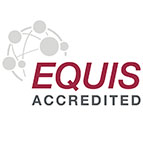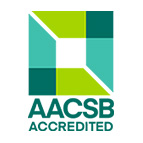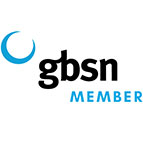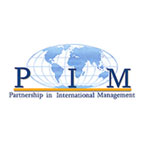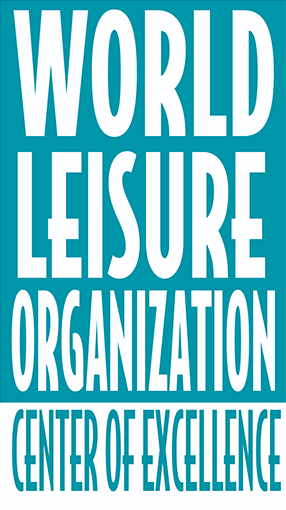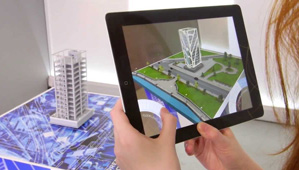 Imagine being able to point at a particular building or landmark and get all the information attached to it. Tourists for instance could aim their phone at a mountain range to get the names of each peak, or at different parts of a building to get exact information on specific features.
Imagine being able to point at a particular building or landmark and get all the information attached to it. Tourists for instance could aim their phone at a mountain range to get the names of each peak, or at different parts of a building to get exact information on specific features.
It sounds simple but there are huge development challenges to overcome for the mobile device to know exactly where it is to within 20-25 centimetres – at that level GPS and compasses are not precise enough to augment efficient representation and optimal layout of digital information onto the real world.
University of Otago Business School Information Science researcher Tobias Langlotz is looking to improve Augmented Reality and similar interfaces.
Augmented Reality (AR) is a method of overlaying digital information onto the existing environment, effectively adding an additional information layer. This makes information about the surrounding real world interactive – digital tourist guides are a good example.
New generation location-based technology for mobile phones is already here, and global awareness of Augmented Reality is growing quickly, but it's unclear how people are using it, and if it's becoming mainstream and useful.
The Human-Computer Interaction group are finding out if Augmented Reality is an essential product or just a gadget in this cutting-edge field of research.
The Otago researchers are interested in how we interact with technology to get the most from it.
While AR browsers should enable users to relate digital information to a real world context easily, Dr Langlotz said they still have to prove that they can actually fulfil this promise, especially as competing solutions such as location-based services using digital maps are well established and intuitive.
“In other words, while researchers are grappling with developing the technology, we also need to know if and how people will use an AR browser. We know it can help to navigate to a restaurant, or with mobile map application, but will people want it?” he asks.
